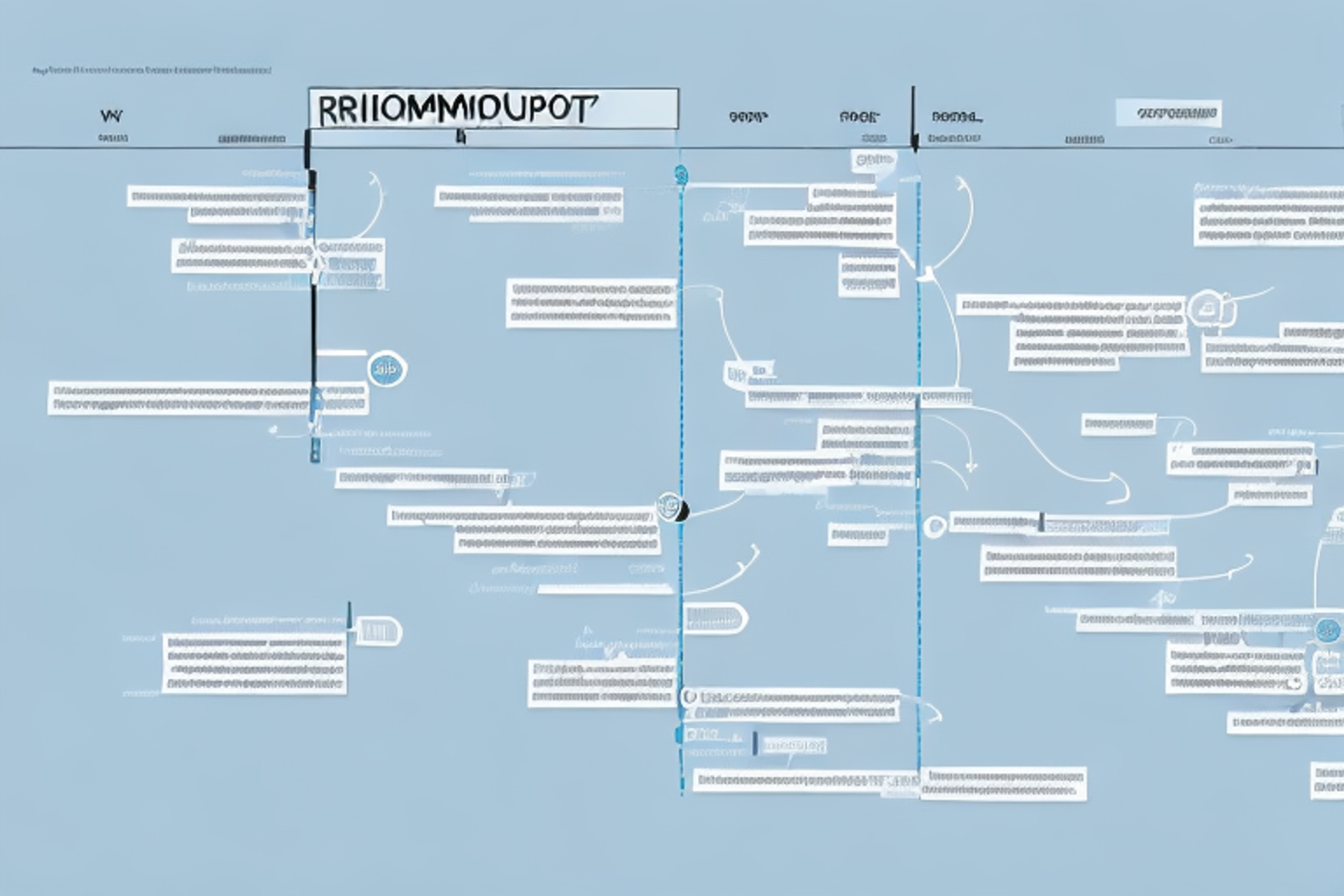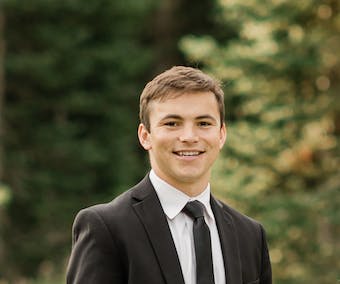Product Management Explained: A Beginner's Guide to Product Strategy
If you're new to product management, this beginner's guide to product strategy is a must-read.
Posted May 15, 2023

Table of Contents
As the business world continues to evolve, companies are looking for effective ways to take their products from idea to reality. Enter product management. If you're new to product management, fear not; this beginner's guide will break down the role of a product manager and explain the importance of product strategy in detail. By the end of this article, you'll have a solid understanding of how to develop and execute an effective product strategy.
What is Product Management?
Product management is the process of overseeing the development and lifecycle of a product, from idea to launch and beyond. It involves working closely with cross-functional teams, including engineers, designers, marketers, and sales reps, to bring a product to market and maximize its success.
Product managers are responsible for identifying customer needs and market trends, conducting market research, and developing product strategies that align with the company's goals. They also prioritize features and enhancements, create product roadmaps, and collaborate with stakeholders to ensure the product meets business objectives. Additionally, product managers are responsible for monitoring product performance, analyzing data, and making data-driven decisions to improve the product and drive growth.
The Role of a Product Manager
A product manager serves as the central point of contact for all aspects of the product's development. They are responsible for understanding customer needs, analyzing market trends, setting a product vision, developing a roadmap, prioritizing features, and collaborating with cross-functional teams. In short, they are the glue that holds the product team together.
Additionally, a product manager is also responsible for ensuring that the product meets business goals and objectives. They must work closely with stakeholders to understand the company's overall strategy and align the product roadmap with those goals. This requires a deep understanding of the market, competition, and industry trends, as well as the ability to make data-driven decisions.
The Importance of Product Strategy
A successful product strategy is essential for taking a product from ideation to launch and beyond. A product strategy outlines the vision, goals, and roadmap of a product, and acts as a guide for the development team. An effective product strategy takes into account customer needs, market trends, competitive analysis, and the company's overall goals.
One of the key benefits of having a well-defined product strategy is that it helps to align the entire organization around a common goal. When everyone understands the vision and goals of the product, they can work together more efficiently and effectively towards achieving those goals. This can lead to increased productivity, better decision-making, and ultimately, a more successful product.
Another important aspect of product strategy is the ability to adapt and pivot when necessary. A good product strategy should be flexible enough to accommodate changes in the market or shifts in customer needs. By regularly reviewing and updating the product strategy, companies can stay ahead of the competition and ensure that their product remains relevant and valuable to customers.
Developing a Product Vision
A product vision is a statement that defines what a product aims to achieve and the role it will play in the market. Creating a strong product vision requires a deep understanding of the customer's needs and how the product can address them. A well-defined product vision can rally the development team around a shared goal, and help them prioritize their efforts.
One important aspect of developing a product vision is to consider the competition. Understanding what other products are available in the market and how they differ from your product can help you identify unique selling points and areas for improvement. It's also important to consider the future of the market and how your product can adapt to changing trends and technologies.
Another key factor in developing a product vision is to involve stakeholders from across the organization. This can include representatives from marketing, sales, customer support, and other departments. By involving a diverse group of stakeholders, you can ensure that the product vision aligns with the overall goals and values of the company, and that everyone is working towards a common goal.
Understanding Your Target Market
A deep understanding of the target market is critical for developing a successful product strategy. This involves understanding the customer's needs, pain points, and behaviors. By creating buyer personas and conducting market research, the product team can gain insights that guide the development of the product.
One important aspect of understanding your target market is identifying their preferred communication channels. Some customers may prefer email, while others prefer social media or phone calls. By understanding these preferences, the product team can tailor their communication and marketing efforts to reach the target audience effectively. Additionally, understanding the target market's preferred channels can also inform decisions about which features to prioritize in the product, such as integrating with popular social media platforms or offering seamless email integration.
Analyzing Market Trends and Competitors
An effective product strategy should take into account market trends and competitors. Market trends can provide insight into emerging technologies or gaps in the market that the product can address. Competitive analysis can help the product team identify areas where the product can differentiate itself from the competition.
It is important to regularly analyze market trends and competitors to ensure that the product remains relevant and competitive. This can involve monitoring industry publications, attending conferences and trade shows, and conducting customer surveys. By staying up-to-date on market trends and competitors, the product team can make informed decisions about product features, pricing, and marketing strategies.
Identifying Customer Needs and Pain Points
The product team must have a deep understanding of the customer's needs and pain points. By surveying customers or conducting user testing, the team can identify areas for improvement or new features that can address customer needs.
It is important for the product team to not only identify customer needs and pain points, but also to prioritize them based on their impact on the customer experience and business goals. This can be done through analyzing customer feedback, market research, and collaboration with stakeholders. By prioritizing the most important needs and pain points, the team can focus their efforts on delivering the most impactful solutions.
Creating a Roadmap for Your Product
A product roadmap outlines the timeline and milestones for the product's development. It should take into account the product vision, customer needs, and market trends. By creating a roadmap, the development team can focus their efforts and measure progress towards achieving the product's goals.
It is important to regularly review and update the product roadmap as new information becomes available. This can include feedback from customers, changes in the market, or unexpected challenges in the development process. By keeping the roadmap up-to-date, the team can ensure that they are staying on track and making informed decisions about the product's future.
Prioritizing Features and Functionality
With the product roadmap in place, the development team must prioritize features and functionality. This involves balancing the customer's needs, the product vision, and technical feasibility. The team must also consider the resources required to develop each feature and the potential impact on the product's timeline.
One important factor to consider when prioritizing features and functionality is the competitive landscape. The team must analyze the features offered by competitors and determine which ones are essential to remain competitive in the market. This may involve adding new features or improving existing ones to differentiate the product from competitors.
Another consideration is the feedback from beta testers and early adopters. Their input can provide valuable insights into which features are most important to users and which ones need improvement. The development team can use this feedback to adjust their priorities and ensure that the product meets the needs of its target audience.
Building and Testing Prototypes
Prototyping allows the product team to test the product's functionality and user experience. This can help identify areas for improvement and ensure that the product meets the customer's needs. By testing early and often, the team can make informed decisions and iterate quickly.
Measuring and Analyzing Product Success
Once the product is launched, the product team must measure and analyze its success. This involves tracking key metrics such as user engagement, customer satisfaction, and revenue. By analyzing these metrics, the team can identify areas for improvement and make data-driven decisions.
Iterating and Refining Your Product Strategy
An effective product strategy should be flexible and adaptable. As the market evolves and customer needs change, the product team must iterate and refine their strategy. By staying agile and open to change, the team can ensure that the product remains relevant and successful.
Collaborating with Cross-functional Teams
Product management involves working closely with cross-functional teams, including engineers, designers, marketers, and sales reps. Effective collaboration requires clear communication, shared goals, and a deep understanding of each team's role.
Managing Stakeholder Expectations
Product managers must also manage stakeholder expectations, including senior leadership, investors, and customers. This involves communicating the product vision and progress, addressing concerns and questions, and ensuring that all stakeholders are aligned.
Common Challenges faced by Product Managers
Product management is a challenging role that requires balancing a variety of competing priorities. Common challenges include balancing technical feasibility with customer needs, managing multiple stakeholders, and navigating the ever-evolving market landscape.
Tools and Resources for Effective Product Management
There are a variety of tools and resources available to support effective product management, including product management software, market research tools, and user testing platforms. It's important for product managers to leverage these tools to ensure the success of their product.
Conclusion: Key Takeaways for Beginner Product Managers
Product management is a critical role that requires a deep understanding of customer needs, market trends, and technical feasibility. By developing a strong product strategy, collaborating effectively with cross-functional teams, and staying agile, product managers can successfully guide their product from ideation to launch and beyond.



















